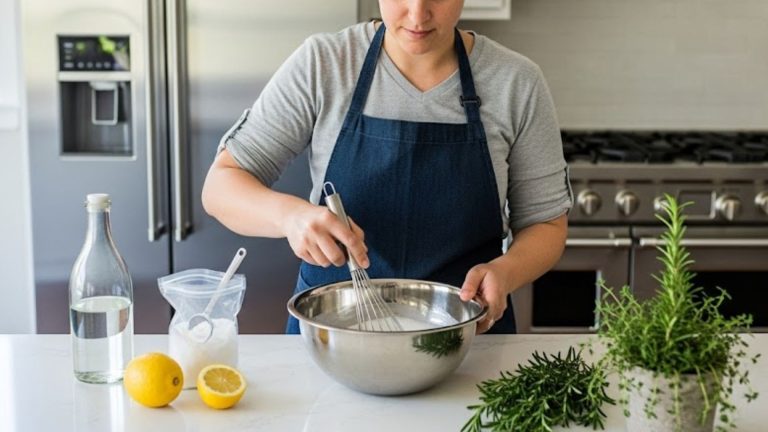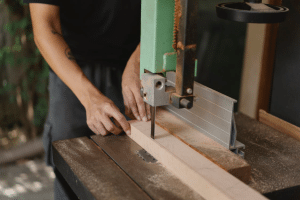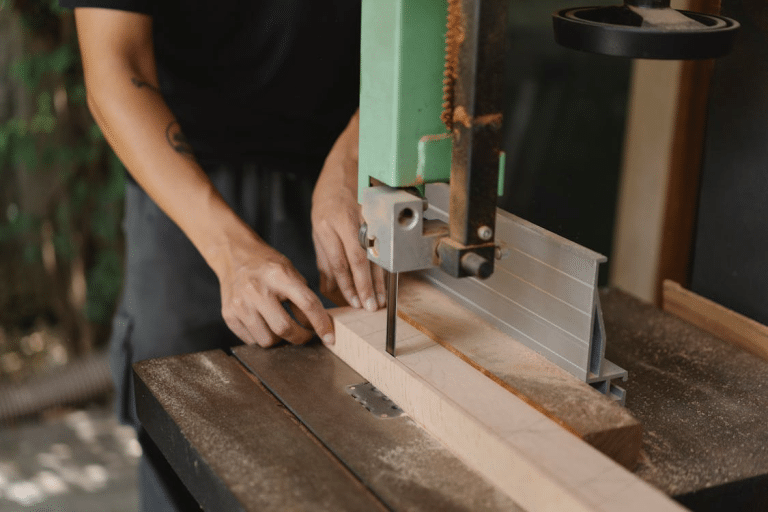Tired of spending money on expensive cleaners that leave a chemical scent lingering in the air? I’ve found that making your own DIY stainless steel cleaner is easier than you think, and you probably already have most of the ingredients in your kitchen.
Commercial cleaners often contain harsh chemicals that can make you feel sick or dizzy. With your homemade version, you can get just as great results while keeping your family safe.
What’s even better is that these simple recipes save you money and are better for the environment. I’ll also share some alternative plant and herb-based cleaning solutions.
Get ready to change your cleaning routine with natural ingredients that smell amazing and keep your home spotless!
Why You Should DIY Stainless Steel Cleaner
Making your stainless steel cleaner is a smart and eco-friendly choice for your home. Many store-bought cleaners contain harsh chemicals that can irritate your skin and lungs, but DIY cleaners are safe and effective.
By using natural ingredients like baking soda and lemon juice, you get a powerful cleaner without the toxic fumes. It’s an affordable option that also protects your family’s health.
Plus, you’ll be doing your part for the environment by avoiding harmful substances. Homemade cleaners leave your kitchen smelling fresh and clean, without the chemical odor.
With a DIY cleaner, you always have cleaning supplies on hand when you need them most.
DIY Stainless Steel Cleaner: Step-By-Step Guide
This easy recipe uses everyday household ingredients to create a powerful stainless steel cleaner. Simply follow five straightforward steps to make a paste that tackles grease and leaves your surfaces shining.
Step 1: Gather the Ingredients
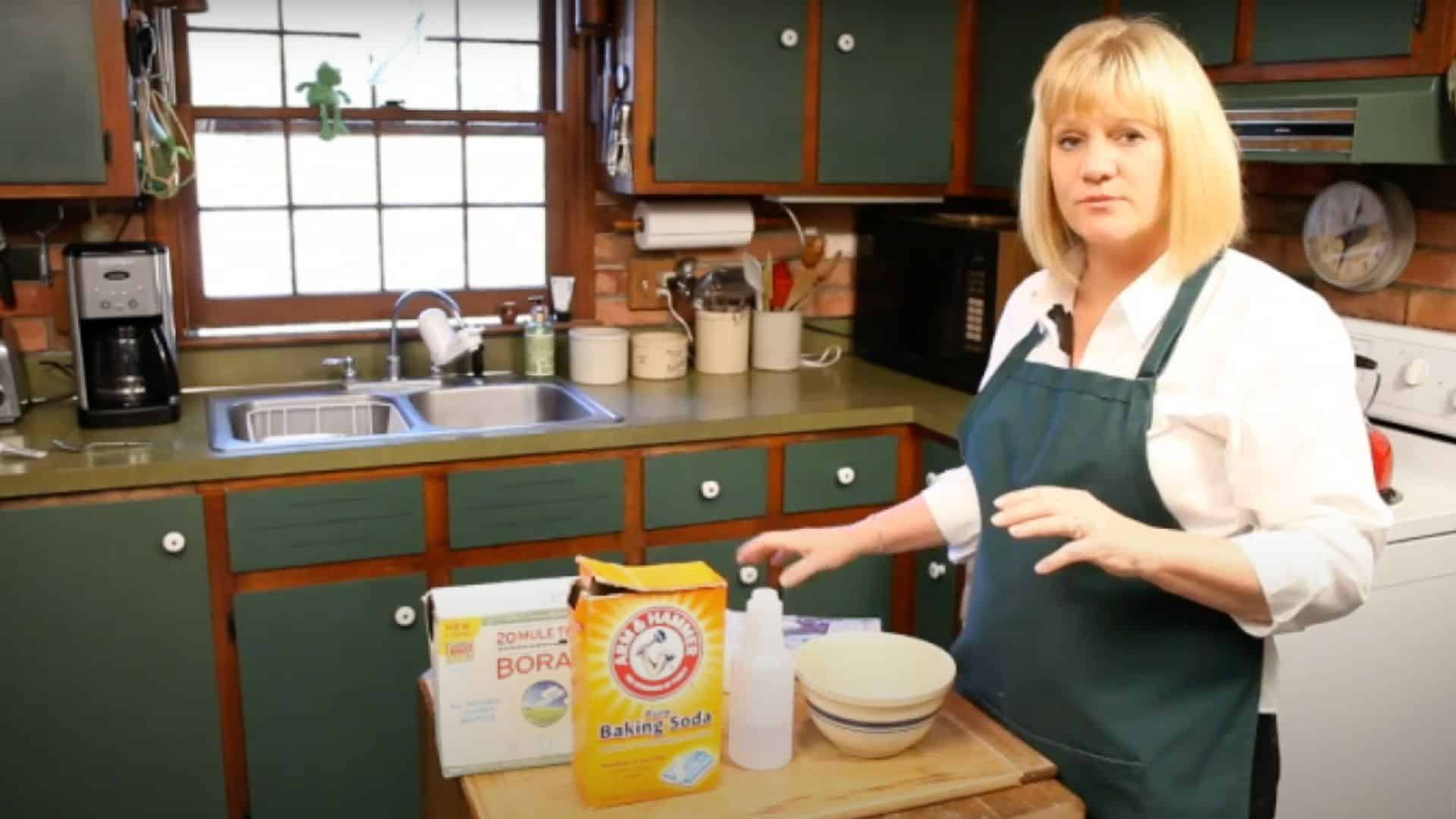
Making your stainless steel cleaner is easy with a few everyday items that you likely already have at home.
- 1 cup baking soda
- 1/4 cup lemon juice (fresh or concentrate)
- 3 tablespoons borax
- Club soda (for mixing and spritzing)
- Clean rag or cloth
These natural ingredients combine to form a powerful, safe, and effective cleaning paste. Gather everything before you begin for the best cleaning results.
Step 2: Mix Baking Soda and Lemon Juice
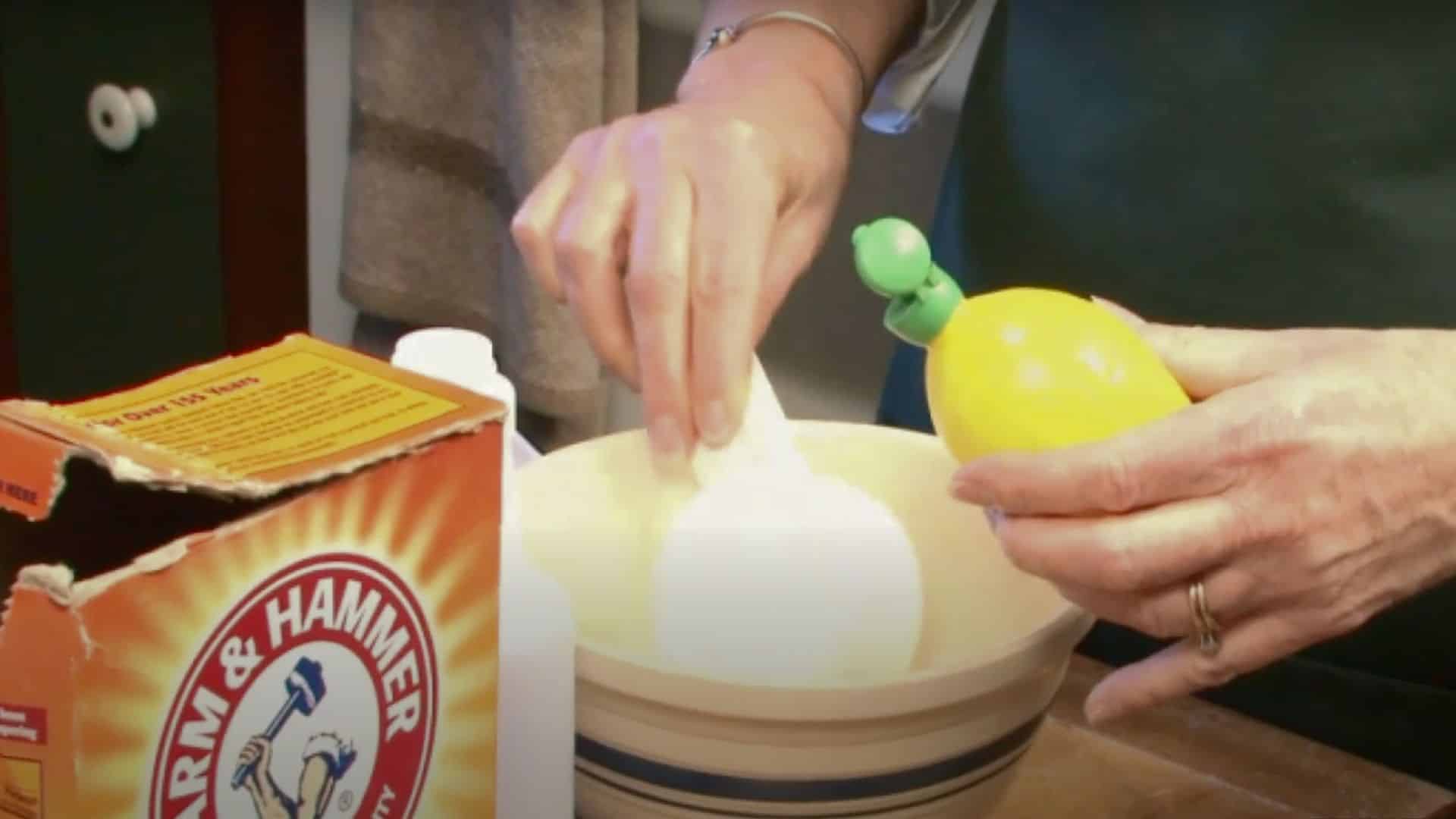
In a bowl, combine 1 cup of baking soda with 1/4 cup of lemon juice. The lemon juice reacts with the baking soda to create a foamy mixture. This foam helps lift grease and grime from stainless steel surfaces.
The combination of baking soda’s mild abrasiveness and lemon juice’s acidity breaks down stubborn dirt and stains effortlessly.
Step 3: Add Borax for Extra Cleaning Power
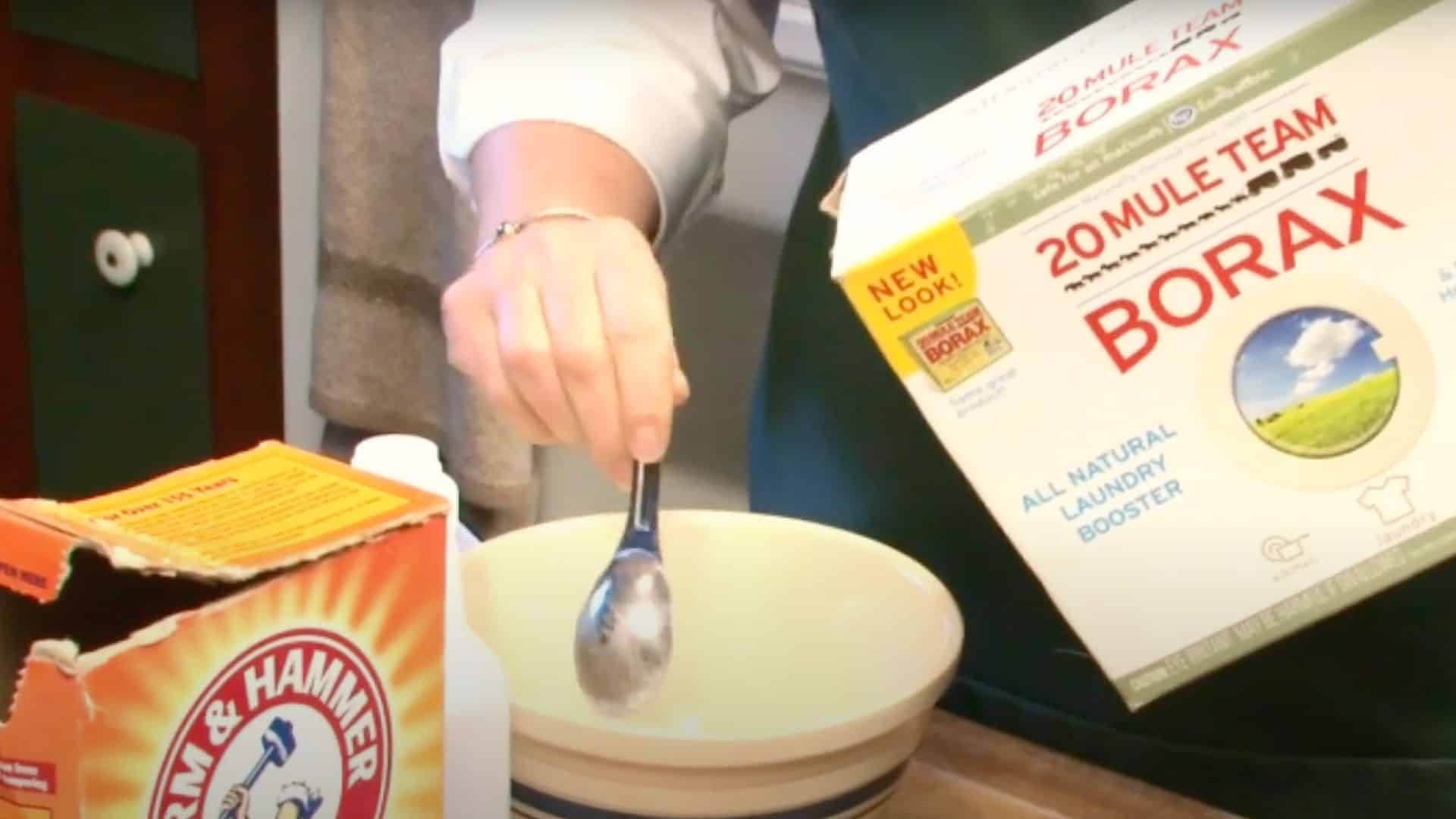
Add 3 tablespoons of borax to your mixture. Borax is a natural booster that improves the effectiveness of your cleaner. It helps tackle tough grease and grime, making the paste even more effective.
Stir the ingredients thoroughly to combine them into a uniform paste. This step ensures that all components work together to provide the most powerful cleaning solution for your stainless steel surfaces.
Step 4: Turn the Mixture into a Paste
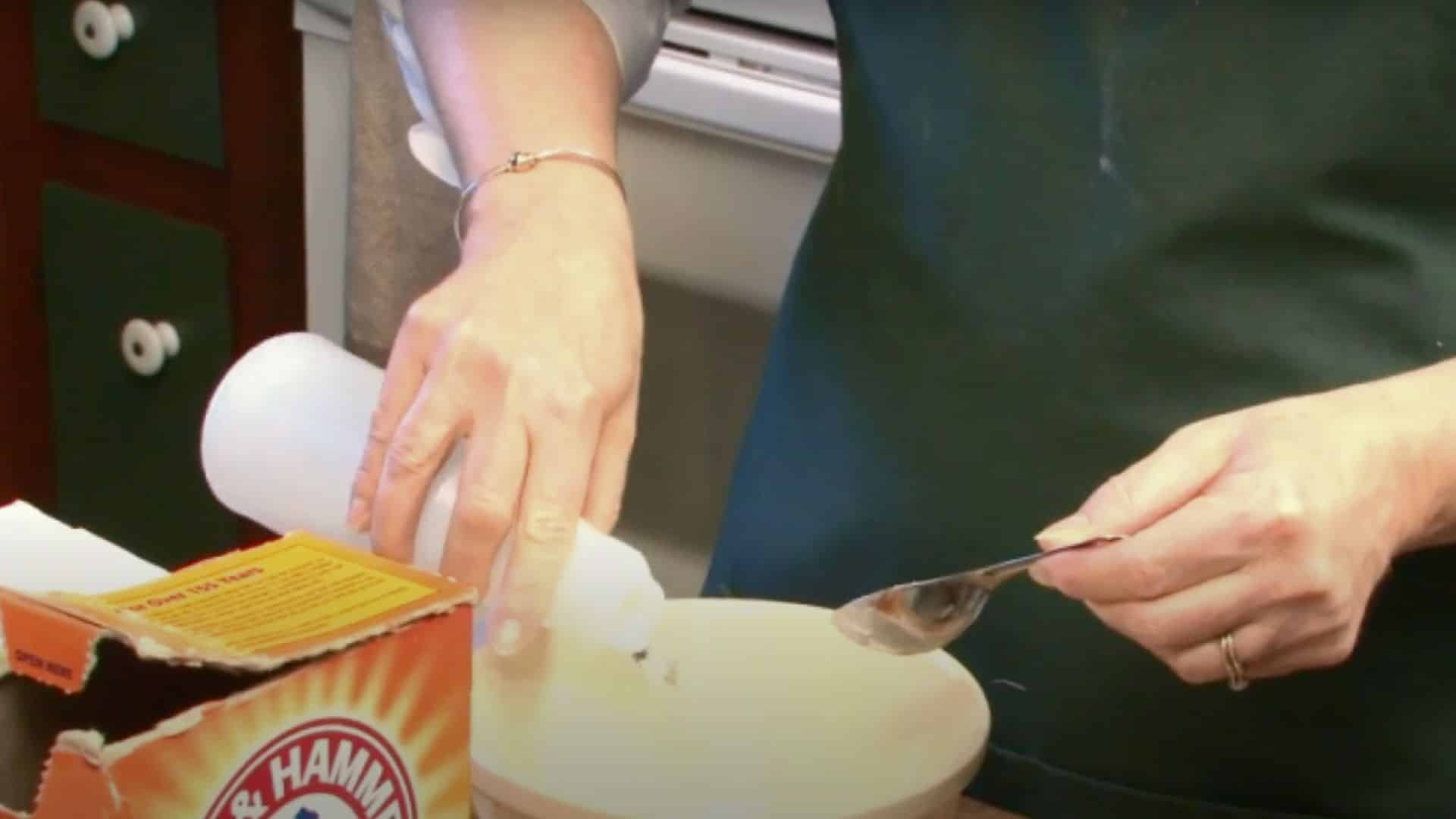
Gradually add club soda to the mixture, stirring until you reach a thick paste consistency. The paste should be smooth yet slightly thick, making it easy to apply.
Its texture helps it adhere to stainless steel surfaces, allowing it to clean effectively. This paste penetrates deeper into the surface, lifting grease and grime that regular cleaners may not remove, providing a better result.
Step 5: Apply, Scrub, and Rinse
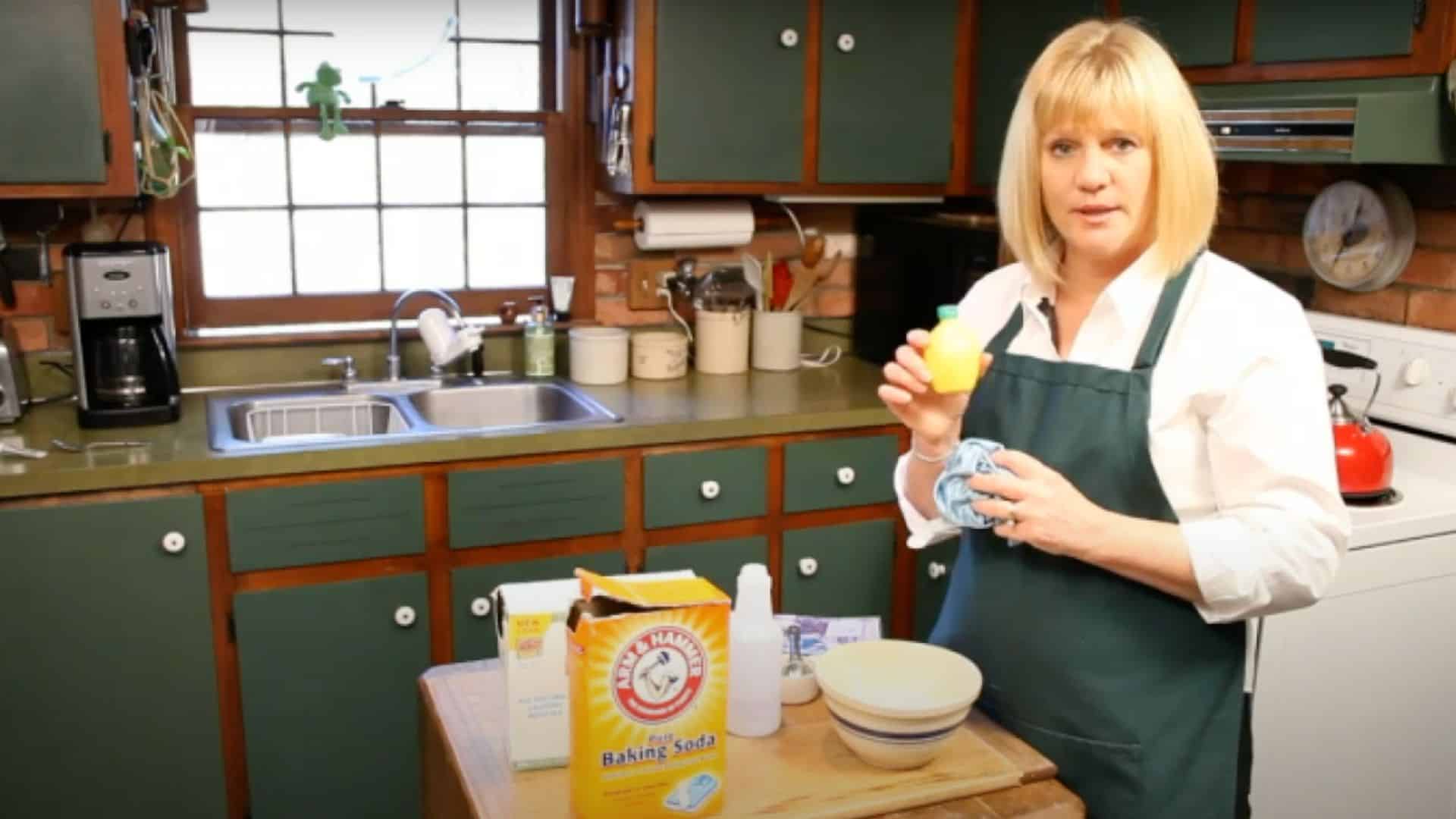
Use a clean rag to apply the paste onto your stainless steel surface. Scrub in circular motions, paying attention to spots with more buildup. Once you’ve scrubbed all areas, rinse off the paste using warm water.
Dry the surface with a clean towel or rag. For an extra shiny finish, spritz the surface with a little club soda and wipe it down again for added brilliance.
Watch How it is Done: DIY Stainless Steel Cleaner Video Tutorial
Alternative Plant-Based Cleaner Recipes
Here are four plant-based, chemical-free cleaner recipes that are simple to make and great for maintaining a fresh, clean home:
- Citrus and Vinegar Cleaner: Soak citrus peels in vinegar for a week. Strain and dilute with water to create a natural, fresh-smelling cleaner.
- Castile Soap and Tea Tree Oil: Mix Castile soap with a few drops of tea tree oil. This combination is perfect for sanitizing and disinfecting surfaces.
- Lavender and Vinegar Spray: Combine lavender essential oil with white vinegar and water for an excellent all-purpose cleaner with a lovely fragrance.
- Aloe Vera and Water Solution: Mix aloe vera gel with water for a gentle, non-toxic cleaning solution perfect for wiping down surfaces.
These alternatives provide safe, eco-friendly cleaning without harmful chemicals.
Using Garden Herbs as Natural Cleaning Solutions
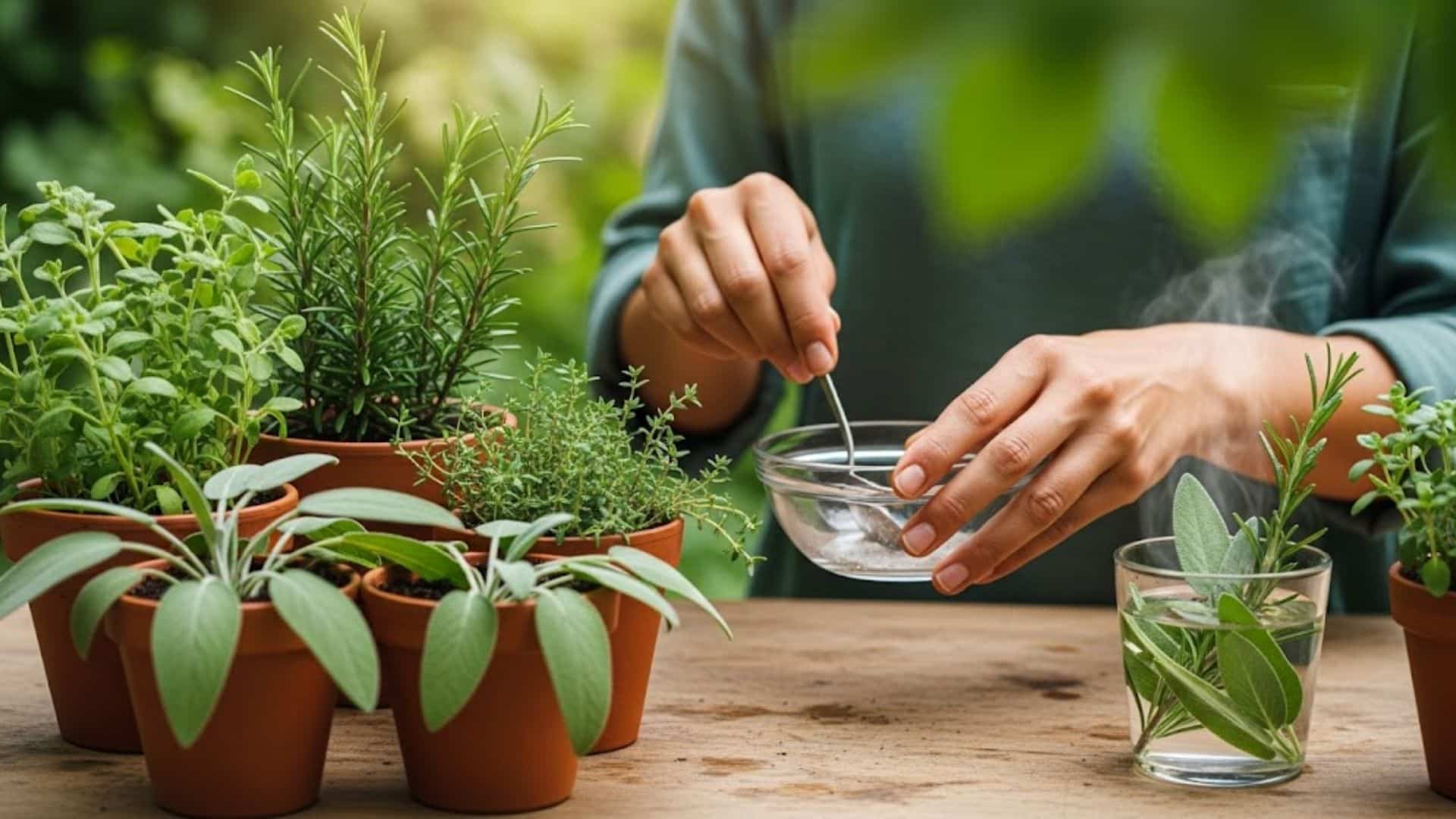
Herbs in your garden are more than just culinary delights; they can be powerful natural cleaners. Many common herbs like rosemary and thyme have oils that fight bacteria and fungi on your plants.
To create a simple spray, steep these herbs in hot water for about 20 minutes. Mint is excellent for repelling ants and pests, while lavender naturally wards off insects with its pleasant aroma.
Sage is great for cleaning garden tools and pots. These herb-based cleaners are cost-effective and eco-friendly, helping you avoid harsh chemicals that could harm beneficial insects and soil.
Mistakes to Avoid When Cleaning Stainless Steel
When cleaning stainless steel, avoiding common mistakes is crucial to achieving the best results. Follow these tips to keep your surfaces in top shape:
- Using Abrasive Cloths: Steer clear of rough sponges or steel wool, as they can scratch and damage your stainless steel over time.
- Cleaning Against the Grain: Always wipe in the direction of the grain to avoid streaks and preserve the smooth finish of the steel.
- Leaving Residue: Ensure you rinse off the cleaner completely. Residue can attract dirt and cause marks.
- Over-Wetting the Surface: Avoid using too much water, as excess moisture can cause water spots or rust.
By following these simple steps, you’ll maintain the shine and beauty of your stainless steel surfaces. Proper care ensures long-lasting results.
Maintenance Tips for Stainless Steel After Cleaning
To maintain the shiny, polished look of your stainless steel appliances, here are some helpful maintenance tips:
- Apply Olive Oil: After cleaning, rub a small amount of olive oil onto the surface. This forms a protective layer that helps repel stains and maintains the finish.
- Use a Commercial Polish: Stainless steel polish can improve the smooth, shiny surface while making future cleanings quicker and easier.
- Buff Regularly: Buff the surface with a microfiber cloth every few weeks to maintain a streak-free shine.
- Keep It Dry: Always dry the surface with a soft cloth after cleaning to prevent water spots from forming.
By following these simple steps, your stainless steel will remain beautiful and protected for years to come. Regular maintenance ensures a lasting shine.
Wrapping It Up
Making your own DIY stainless steel cleaner gives you control over what touches your surfaces and family. I’m sure you’re excited to ditch those expensive store-bought products that often contain harsh chemicals.
Now, you can create something safer, more affordable, and just as effective right in your kitchen. Your appliances will shine like new while you enjoy a chemical-free home. It’s incredible how natural ingredients can clean just as well without any toxic fumes.
Start mixing your first batch today and watch the magic unfold! Comment below and let me know which ingredient surprised you the most!


